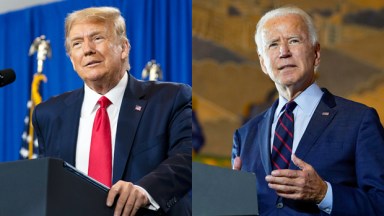
If you purchase an independently reviewed product or service through a link on our website, we may receive an affiliate commission.
This fall bookstore shelves are groaning under the weight of Trump tell-alls.
From former friends and current foes to estranged relatives and ex members of the administration, everyone seems to have a story to tell, a book to sell and (often) an axe to grind.
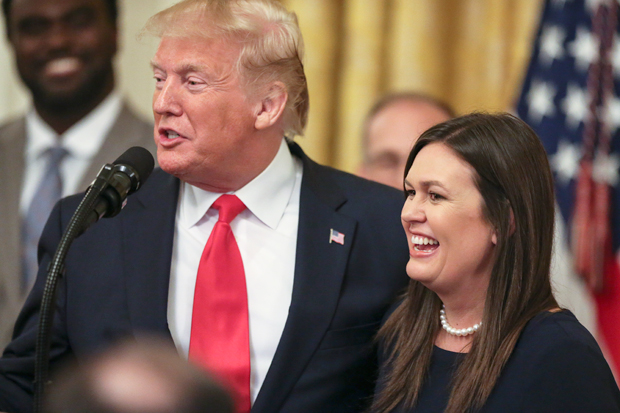
Many of the authors have gone on to become frequent guests on cable news shows. Donald Trump’s niece Mary (who wrote Too Much and Never Enough) and his ex-lawyer Michael Cohen (author of Disloyal), for example, are no strangers to CNN viewers.
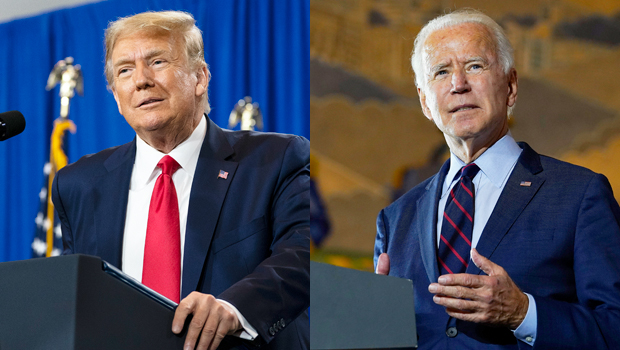
But among these books vying for a spot on the New York Times Best Sellers List, three stand out because of the different perspectives that they offer – Hoax, by Brian Stelter, Rage, by Bob Woodward and Speaking for Myself, by Sarah Huckabee Sanders. Here’s what you need to know about them:
Hoax: Donald Trump, Fox News and the Dangerous Distortion Of Truth
If you’ve read Brian Stelter’s book Top Of The Morning: Inside The Cutthroat World of Morning TV, you’ll know that the CNN Reliable Sources anchor excels at delivering delicious behind-the-scenes info.
With Hoax, he’s traded in the backstabbing at NBC’s Today for the love fest between Trump and Fox News. And, while Sean Hannity having the president on speed dial may be great for the network’s ratings, Stelter argues that it has dangerous ramifications for journalism and democracy.
The author charts the rise of Fox from its Roger Ailes era to today when, with the ousted late CEO gone, Hannity (he argues) is king. And unbiased news (especially anything that criticizes Trump) is frowned upon. Surprisingly, Stelter quotes many Fox News employees who behind the scenes are horrified by what’s happening.
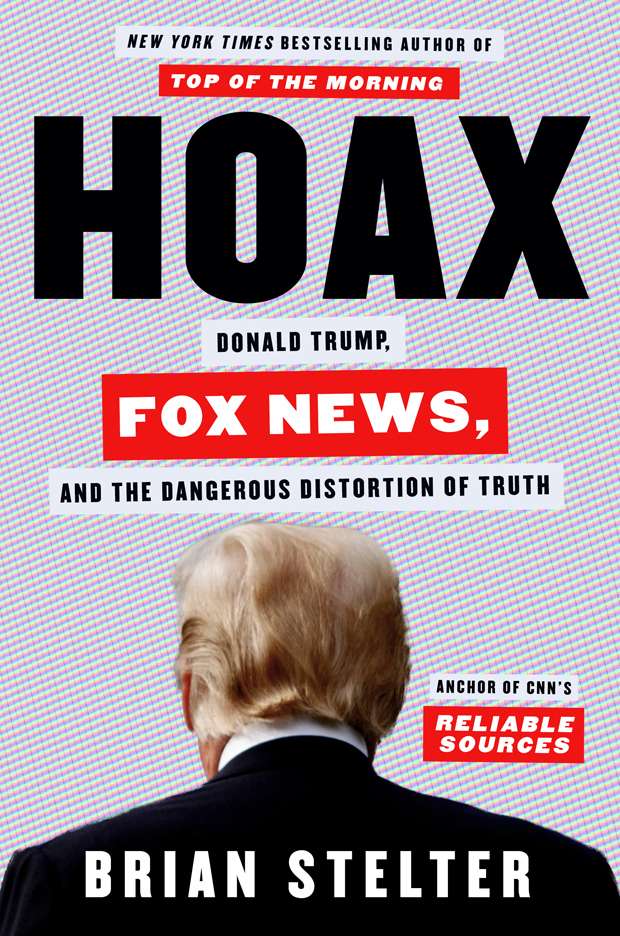
The network, he writes, has gone from being “conservative” without being “conspiratorial,” and “patriotic” without being “propagandistic,” to “a chest-thumping house ad for the MAGA agenda.”
Speaking For Myself: Faith, Freedom, and the Fight for Our Lives Inside the Trump White House
Sarah Huckabee Sanders, Trump’s former White House press secretary, would beg to differ with Stelter’s take on Fox News. She speaks glowingly of the network in her book.
Sanders’ account of her time in the White House is also predictably partisan. (She frequently attaches the term “liberal” to the words “mob,” “media” and “feminists,” throughout her book.) But she also presents a fascinating insight into what life is like inside the White House during key moments of the first two years of Trump’s administration.
Much has been written about the president jokingly telling Sanders to take “one for the team” after Kim Jong-un winked at her during the 2018 historic meeting between the two leaders. But, it’s clear that Trump respected and valued her opinion, even asking Sanders to weigh in on his Supreme Court Justice nominee shortlist before he picked Brett Kavanaugh that same year.
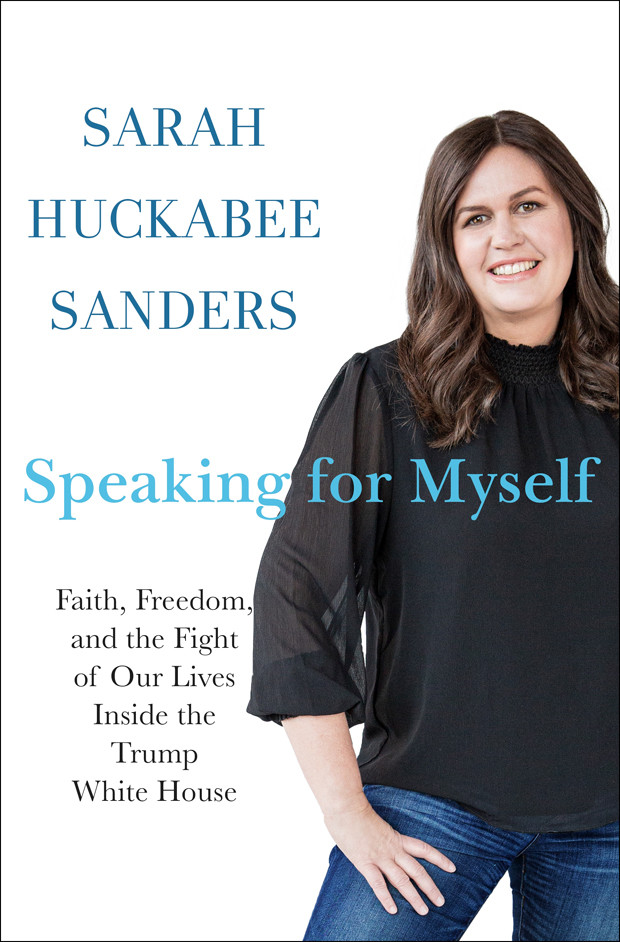
After one combative press briefing, Trump was so pleased with her performance, he offered her his favorite Starburst candy, saying she could “have all the pink and red ones” she wanted. It’s idiosyncrasies like these that Sanders seems to embrace. In her eyes Trump’s abrasive nature is strength, his Twitter diplomacy refreshing and direct. If you’re not a MAGA devotee, Sanders’ book is a useful guide to why his fans love him.
Rage
That Trump agreed to speak to legendary journalist Bob Woodward on the record is surprising. That he did it 17 times is mind-boggling.
Ten months into this deadly pandemic it’s frustrating to read that, as far back as February 2020, the president knew that COVID-19 was airborne. Describing it as a “tricky situation,” the man who has shunned wearing face masks knew that the virus “goes through air.” “That’s always tougher than the touch. You don’t have to touch things. Right?” the president told Woodward. “But the air, you just breathe the air and that’s how it’s passed.”
Rage shines a light on others too. Thanks to Woodward the reader is a fly on the wall, watching events unfold; seeing public health officials like Dr. Anthony Fauci wrestle with how to sound the alarm about the COVID threat.
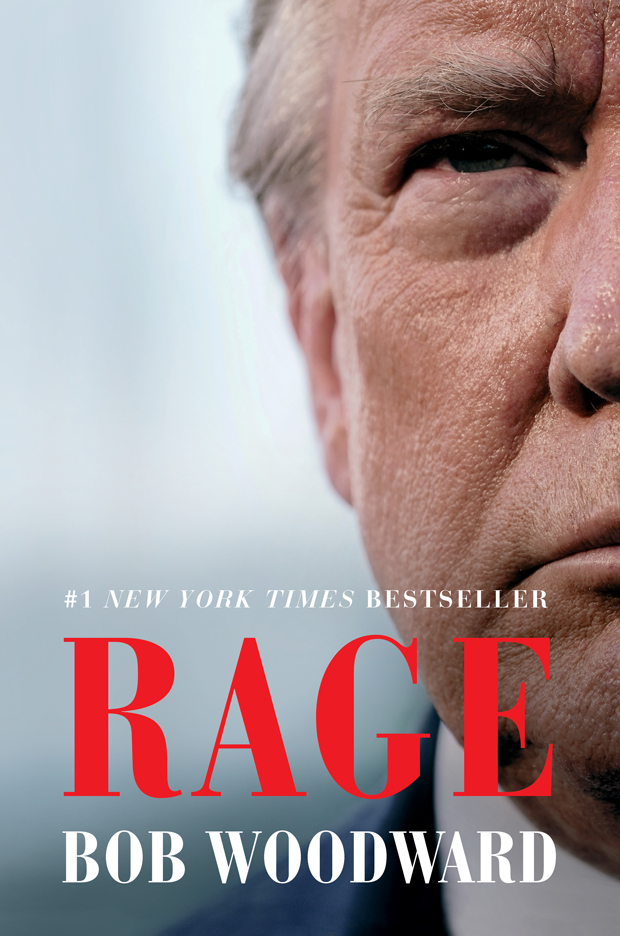
Ultimately voters will decide if Trump’s strategy of downplaying the virus to avoid panicking the nation was right or wrong. Woodward’s book gives readers (and future historians) a chance to examine, side by side, what the president told the public and what he said behind closed doors.